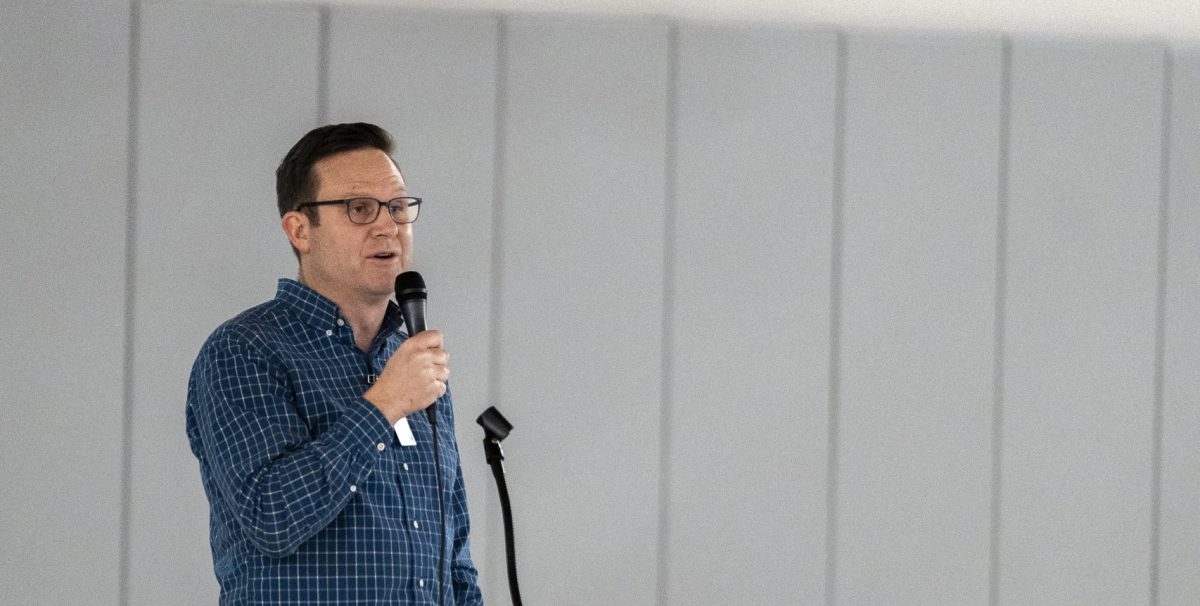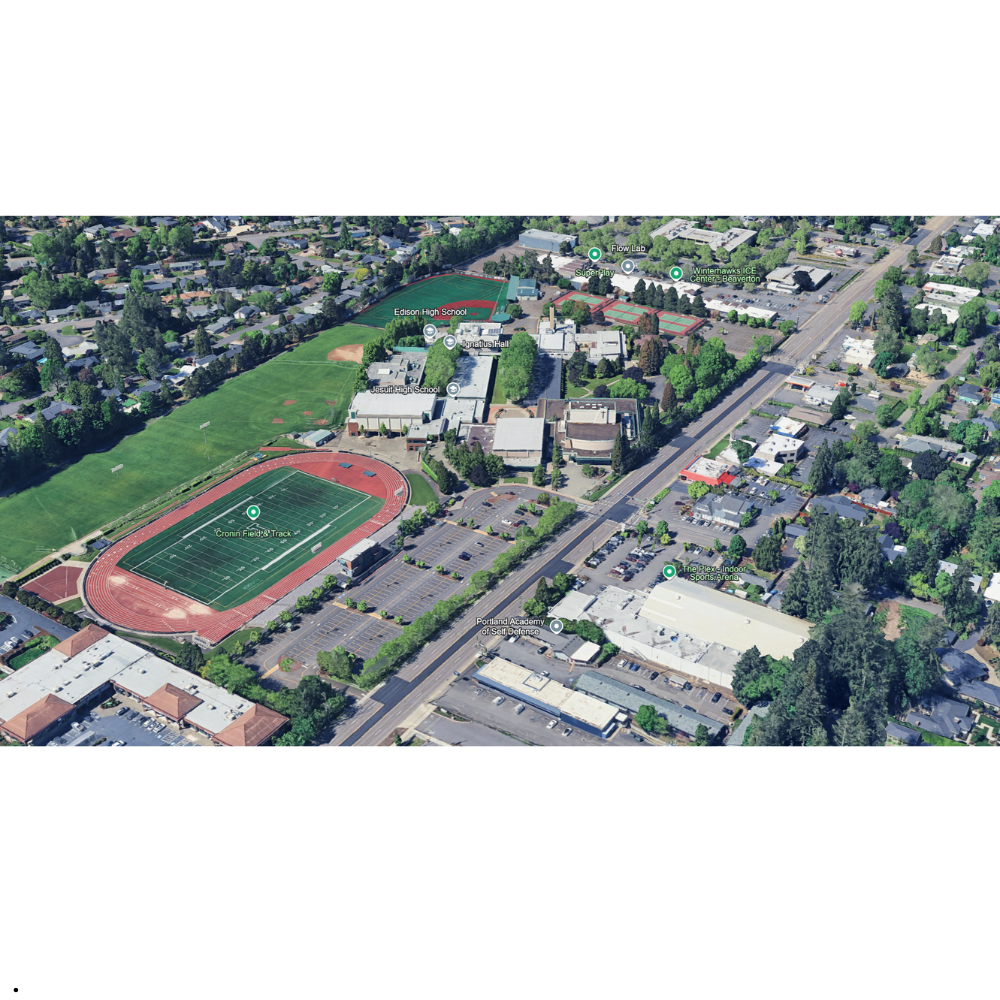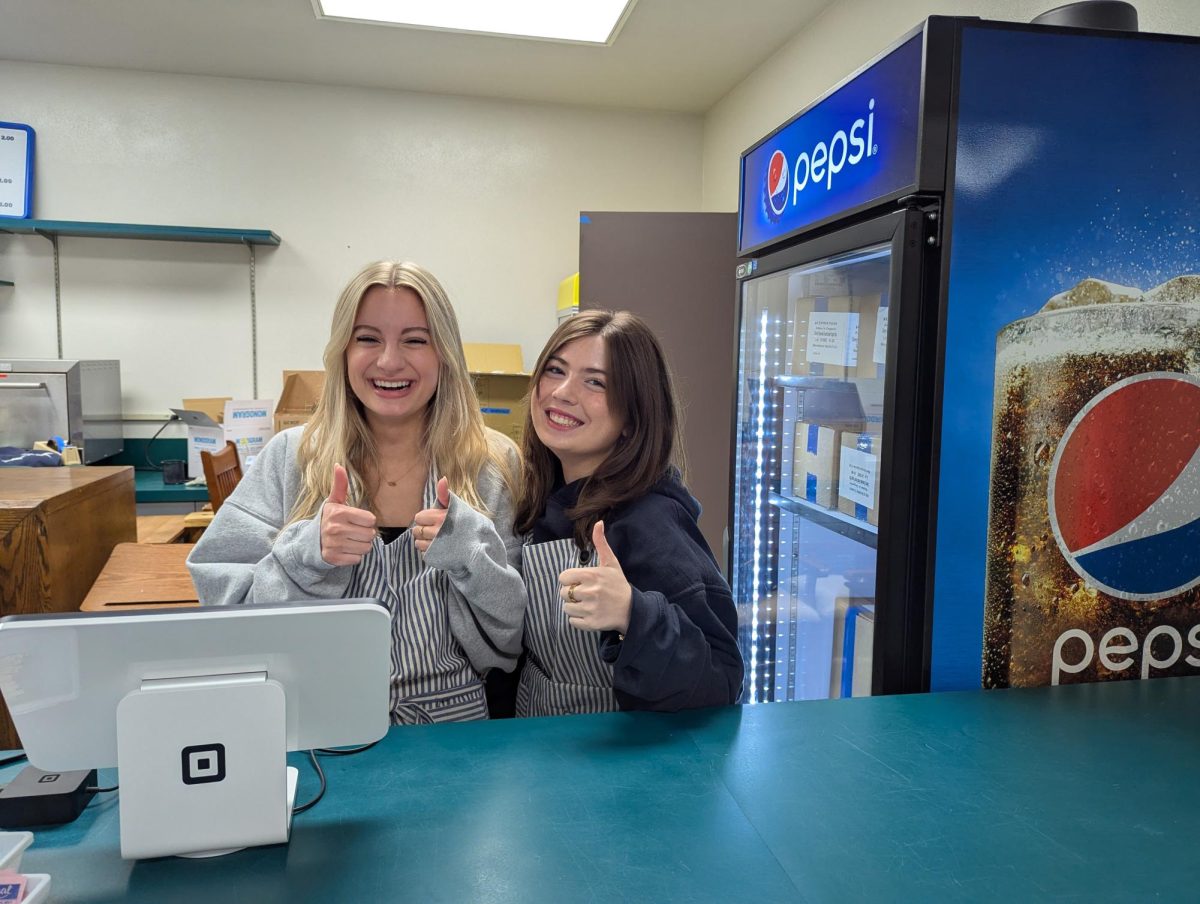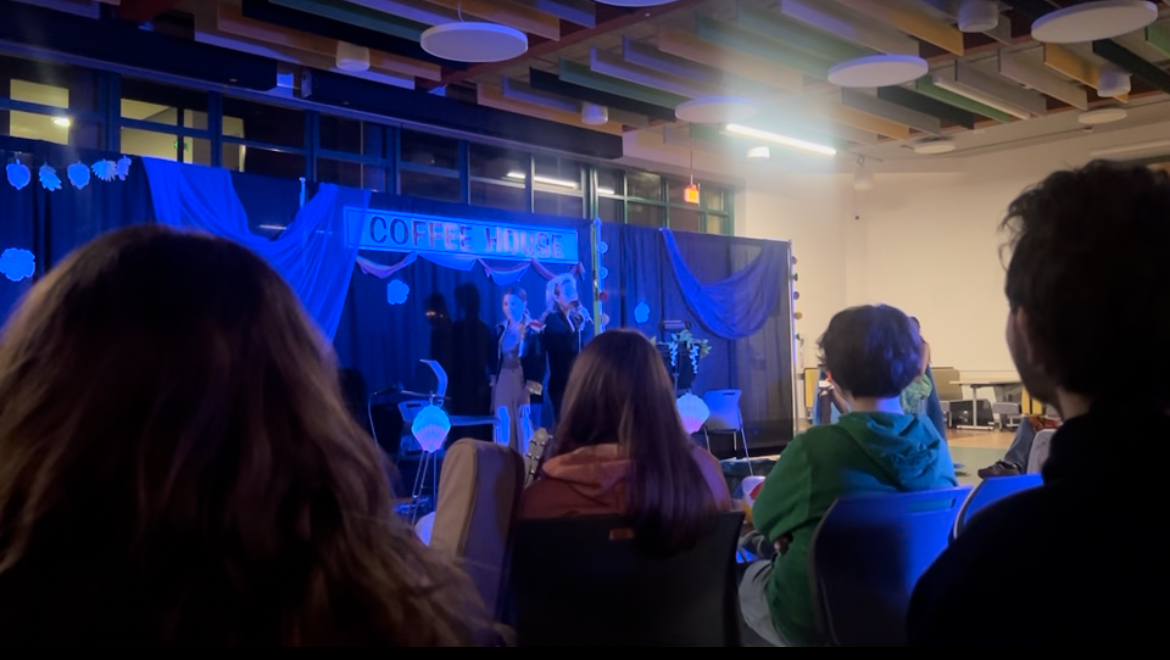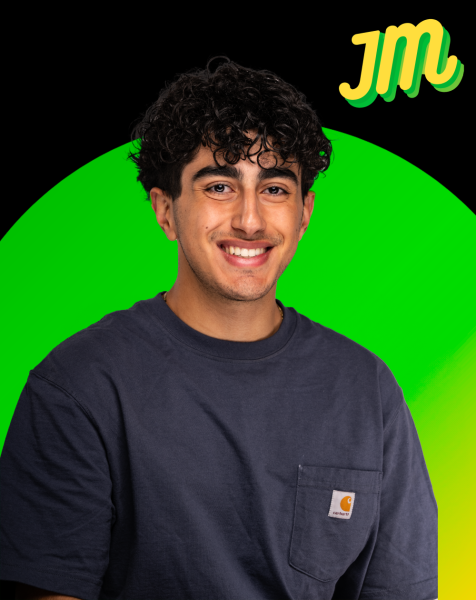In our ongoing series about the impact of AI at Jesuit High School, Jesuit Media writers are focusing on the many ways it affects a Jesuit education.
This year’s Social Justice week focuses on the Power of Artificial Intelligence, especially with the rise of Generative AI. Generative AI is a type of Artificial Intelligence that can create new content and ideas by command, including conversations, stories, images, and many more.
Frank O’Mahony is a fellow and the Director of the Analog/Mixed Signal Design Enablement at Intel. O’Mahony got his PhD in electrical engineering from Stanford University, and he has been with Intel since 2011. He designs circuits for various AI designs, including Generative AI. He gave his presentation on how Generative AI works, and the computing hardware behind it.
O’Mahony began his presentation by saying how important it is to know how to use different kinds of AI, now that it is slowly evolving in Technology.
“Think of AI as a tool to help. You have to know how to use it, especially during the times where you would need it the most. It’s important how to use AI safely and responsibly, since it can also be a bit dangerous,” O’Mahony said.
He connects this idea by using the depiction of a chainsaw, and how efficient it is to cut wood. But it can also be very dangerous depending on how you would use it.
The creation of AI does involve many pieces of hardware to connect the whole program together, but it also involves a little bit of Math when it comes to the central cells of circuits, also known as Neurons.
“Neurons are the things in your brain that process your thoughts. They fire, they are basically how you think. This process is the same when it comes to creating AI,” O’Mahony said.
These Neurons are used to do the math of the AI, in order for it to process more efficiently. The math is actually simple, with just normal multiplication problems being added to one another. Many of these algorithms of Neurons can be used to create Neural Networks, which are layers of interconnected Neurons with trained “weights’”, or connected managements. Training and Inference of AI networks requires lots of multiples and additions in order for them to function properly.
O’Mahony also brought up the importance of the Transformer and the impact it has had on GenAI today. The Transformer is an algorithm that is used to unlock GenAI, and let AI models track relationships between chunks of data and derive meaning. It is similar to a person reading and deciphering a sentence.
Energy also plays a massive role in the working of GenAI. Most energy sources used for GenAI are held in places called Data centers, which contain all the specialized hardware, but also tens of thousands of interconnected GPU’s. GPU’s (Graphics Processing Units) process many pieces of data simultaneously.
“Data Center energy consumption is exponential. It is going up about eight and a half percent per year, and AI is one of the major drivers for that,” O’Mahony said.
Students were very interested in learning about how energy goes along with the rise of AI.
“I thought it was a good way for us to understand how AI data centers impact the energy consumption rate,” Sohan Govindaraju ‘26 said.
“I enjoyed learning about the potential that nuclear energy has to help AI have a lower impact with carbon emissions, especially as we move towards generating images and videos through GenAI,” Noah Gabor ‘25 said.
Asaph Tekeste ‘25 found O’Mahony’s presentation format unique and helpful.
“It was pretty unique how Mr. O’Mahony went over the concepts in a deeper and more accurate representation. He did really well in breaking the concepts down so that we as students can understand what he is talking about. It was really helpful because I could never learn this topic on my own,” Tekeste said.



